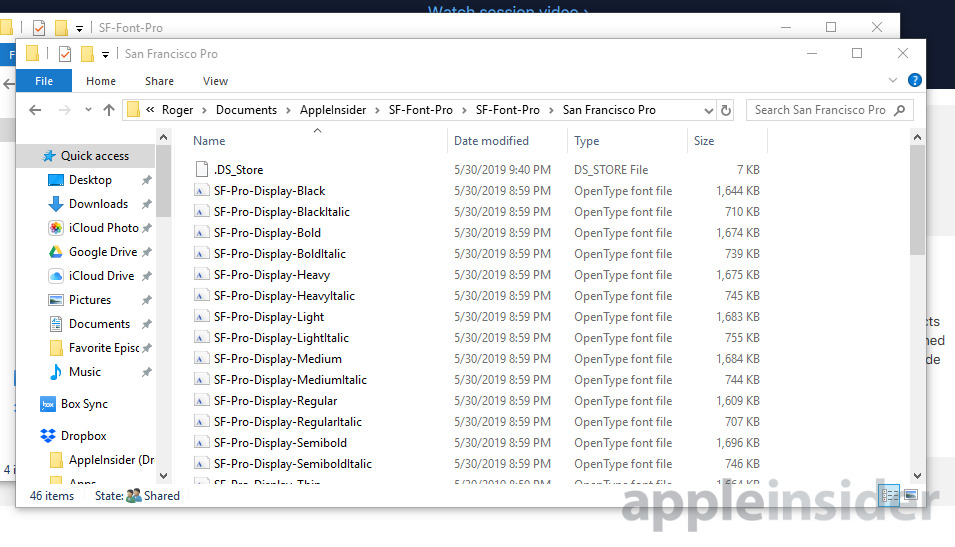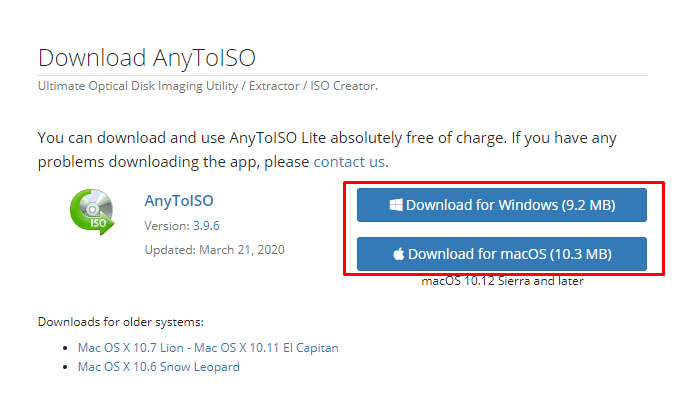
If you have HFS, HFS+ or HFSX partitions on your Windows computer, open the File menu and click Load file system from device (or press Ctrl+L). There are also other methods of accessing image files. Otherwise, open the File menu to Load system from path (or press Ctrl+P) and type or paste the full pathname. Open the File menu to Load file system from file (or press Ctrl+O) and use the built-in file browser to find and open the image. In addition to Mac OS X disk images ( *.dmg), HFSExplorer is able to open CD and DVD images ( *.iso, *.cdr), Mac OS X spare bundles ( *.sparsebundle), Mac OS X sparse images ( *.sparseimage) and Raw disk images ( *.img). Otherwise, select a file or hold down Ctrl to select multiple items, click Extract Selected, set the destination, and click Ok. To extract files to Windows, you can click the Extract All to copy everything to a directory you specify.

You can explore the container's contents in the main window in a tree view. Once Free DMG Extractor is fired up, click Open and use the built-in file browser to locate and open a *.dmg file.

#OPEN DMG ON WINDOWS HOW TO#
We're going to show you how to effortlessly open DMG images and extract files to Windows.

In the following guide, we're breaking down three Windows applications capable of reading file contents from Mac-designed DMG images: Free DMG Extractor, HFSExplorer and TransMac. However, because they use different filesytems (NTFS for Windows, HFS+ for Mac), additional tools are necessary to be able to read Mac-formatted drives on Windows. Most types of files work well on both Windows and Mac systems, so you should be able to easily share items between these two platforms.


 0 kommentar(er)
0 kommentar(er)
